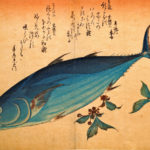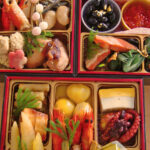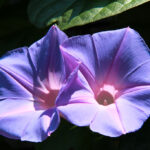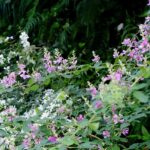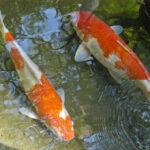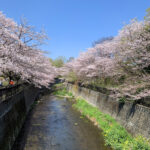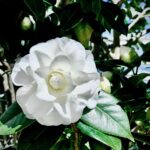In what now seems like a rather distant age, before SARS-CoV-2 catapulted the COVID-19 that would transform the lives of practically everybody, travel was a booming global industry. In that era before grounded fleets of planes in long orderly lines became a tragically familiar sight at airports and storage facilities worldwide, the Japanese were keen travelers: in 2019, the Japanese made 20 million overseas visits and domestic travel was flourishing. But travel in Japan is by no means a latter-day phenomenon. Traveling has been an act of particular importance since ancient times.
One notable expression of traveling around Japan is the body of literature known as travel diaries. Those diaries have their roots in the great eighth-century poetry anthology of the Man’yoshu, which features a number of poems with short prose accounts about the journeys to Kyushu by officials from the capital, located in today’s Nara Prefecture.
It was not until the later Heian period (794–1185), however, that travel diaries came to emerge as a literary genre. Around 70 travel diaries composed between the Heian era and the year 1600 have survived. Among the most famous of them is the work that tends to be known prosaically in English as the Sarashina Diary (Sarashina Nikki), but which received the much more evocative title of As I Crossed a Bridge of Dreams at the hands of Ivan Morris in his masterful translation of the book. The best-known part of the diary describes the journey in 1020 of the author as a young girl from near present-day Tokyo to the capital in very far-off Kyoto. She had a good eye for detail and memorably describes what was then a decidedly active Mount Fuji, which spouted both smoke and flames.
Through these literary associations and the use of uta makura (“poem pillows”) in poetry, a number of places became associated with particular poems and aesthetic responses, and people made trips to visit such sites. Uta makura refers to place names appearing in classical Japanese poetry, and they frequently occur in the Man’yoshu. It was uta makura that would later inspire the greatest work by the individual many regard as Japan’s greatest poet, Basho.
On a less lofty aesthetic plane but more elevated spiritual one, traveling has long been associated in Japan with pilgrimages, which started to become popular among the aristocracy in Heian times. However, such trips then tended to be on the short side. The ox- and human-drawn carriages used by the nobility in that era meant that traveling from the capital of Kyoto was an arduous business, and they rather inclined to avoid it. Even a trip to a nearby monastery that might today be just a 20-minute bus ride was considered an onerous undertaking, demanding days of preparation and further days of recuperation from the immense physical effort.
Rough though those journeys may have been on Heian’s pampered gentry, pilgrimages in later centuries became associated with more strenuous enterprises than being hauled around in carriages with servants on hand. Japan’s most revered pilgrimage destination has long been Ise Shrine in Mie Prefecture, and vast numbers of pilgrims traveled on foot to that spot from far and wide in Edo times (1603–1867).
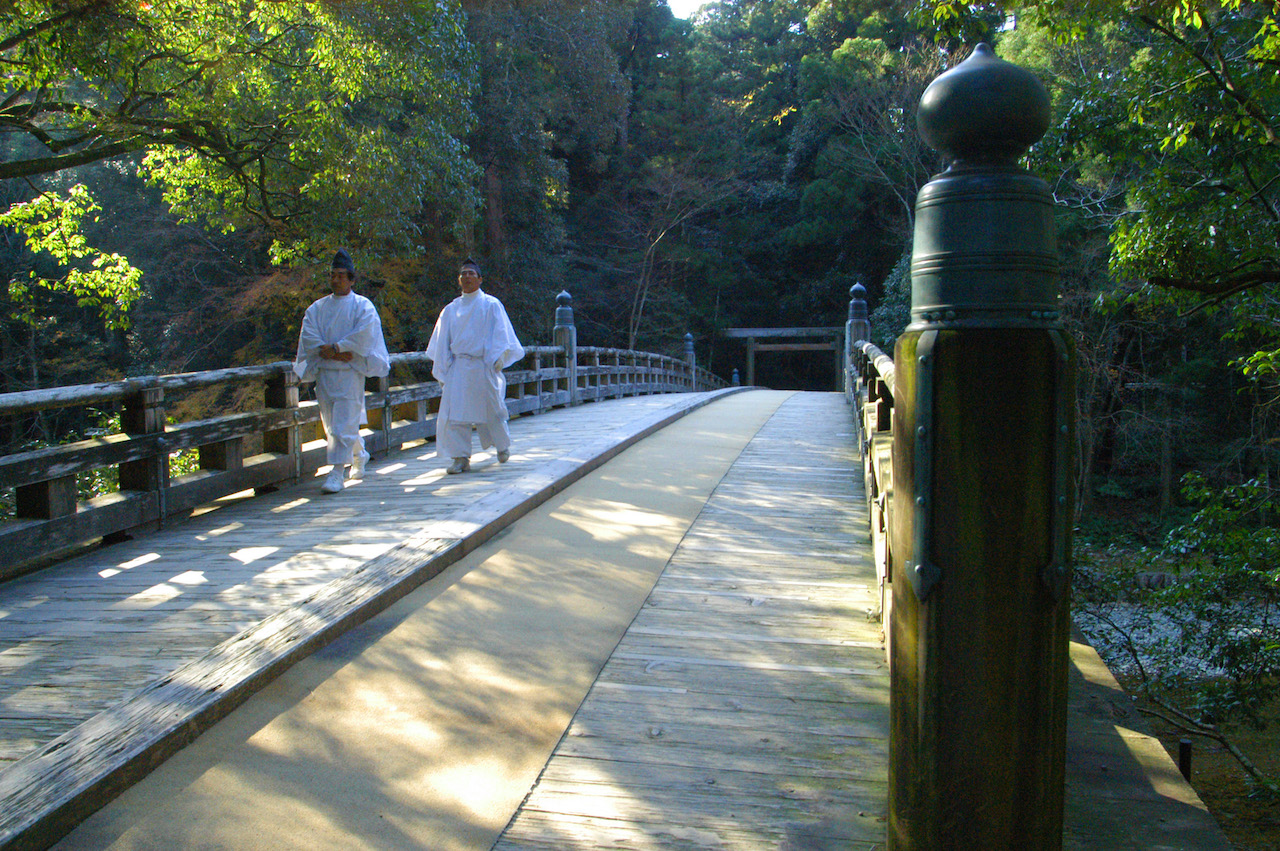
Shinto priests cross a bridge within the precincts of Ise Shrine, which is the most venerated pilgrimage destination in Japan. DAVID CAPEL PHOTO
But the country’s best-known pilgrimage route is in Shikoku, and it involves visiting 88 temples associated with the venerated ninth-century Buddhist monk and scholar Kukai. Footing the 1,400-kilometer circuit today would take a dedicated devotee at least six weeks. The more easygoing sort of pilgrim, though, can zip around the course in just a few days within the comfort of an air-conditioned bus; automatic qualification for entry into Nirvana should then, however, perhaps not be assumed.
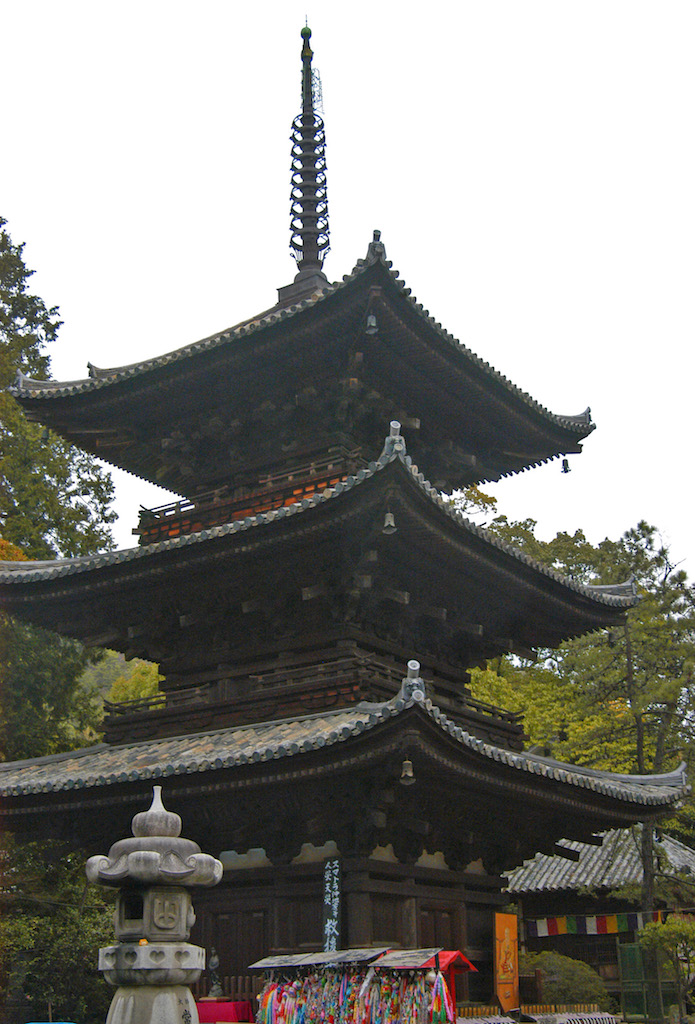
With its handsome pagoda, Ishite-ji in Matsuyama is the 51st temple on the 88-temple pilgrimage route around Shikoku. DAVID CAPEL PHOTO
In addition to literary and religious impetuses to travel, the Japanese have also been propelled by medicinal factors. The Japanese love of hot springs is widely known, and they have been getting into hot (geothermal) water since the year dot. Today, most Japanese visit thermal spas mainly because they just enjoy lounging in waters at temperatures that to many non-Japanese would seem more appropriate for cooking vegetables. But originally, the therapeutic goal was paramount. Conspicuous among Japan’s myriad hot springs is Dogo Onsen in Matsuyama, which has basked in its fame since it got a glowing write-up (well, a decent mention) in Japan’s oldest book, the eighth-century Kojiki. According to legend, locals observed a heron heal an injured foot in Matsuyama’s hot-spring waters. They applied blue-sky thinking, reasoning that a common healing effect should unquestionably operate between such vastly different species as herons and humans, and they set about curing themselves in like fashion. And Dogo Onsen has never looked back. Since those times, making trips to spas has been as integral a part of Japanese culture as thoroughly washing before stepping into a bath.
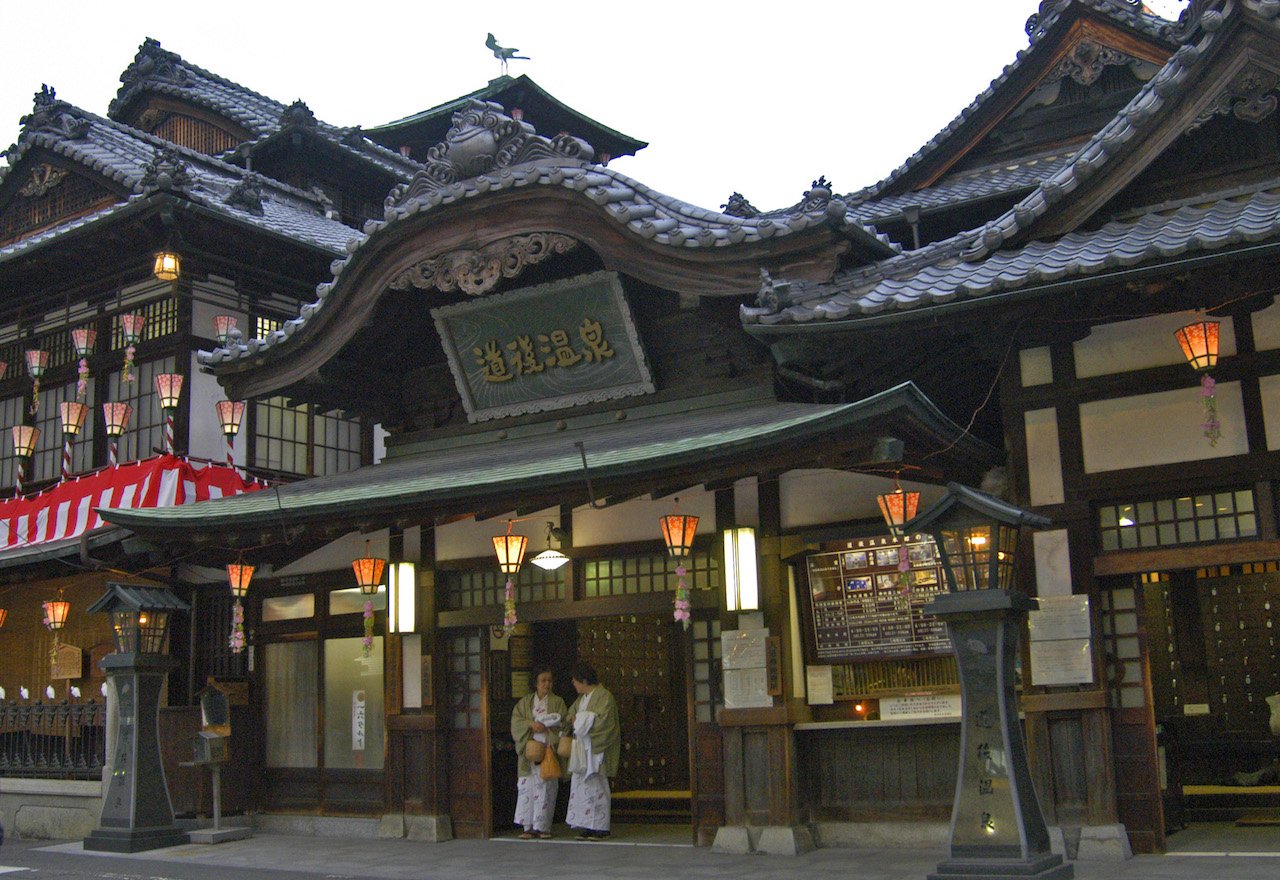
Dogo Onsen in Matsuyama has been a highly regarded hot-spring destination since ancient times. DAVID CAPEL PHOTO
In the Edo period, the ruling shoguns systematically developed Japan’s major highways, which radiated from Edo (today’s Tokyo). Best known among the highways was the Tokaido, which ran from Edo to Kyoto and was one of the world’s busiest roads.
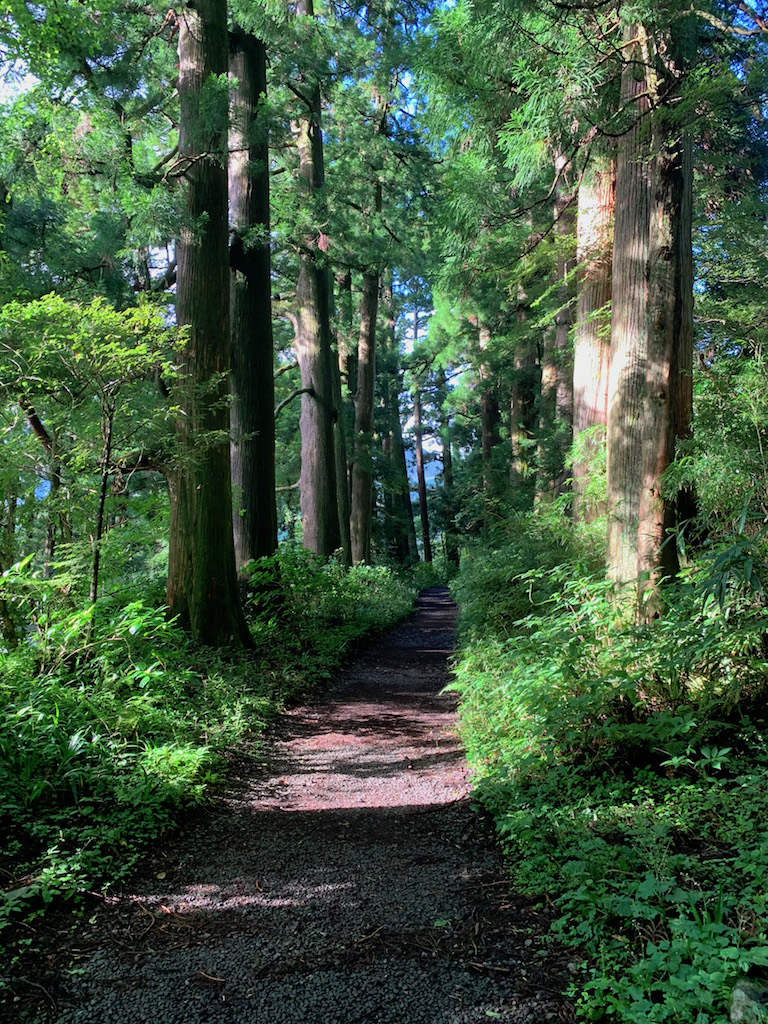
Original sections of the old Tokaido highway can still be seen, such as this avenue between majestic cryptomeria trees in Hakone. DAVID CAPEL PHOTO
The government was very keen to keep a close check on just who and what traveled on those highways, and so it set up numerous barrier stations at strategic points along the thoroughfares. The key barrier station was located in Hakone, near Tokyo, which served to prevent contraband weapons getting into the capital and female members of daimyo families (effectively held as political hostages) from escaping.
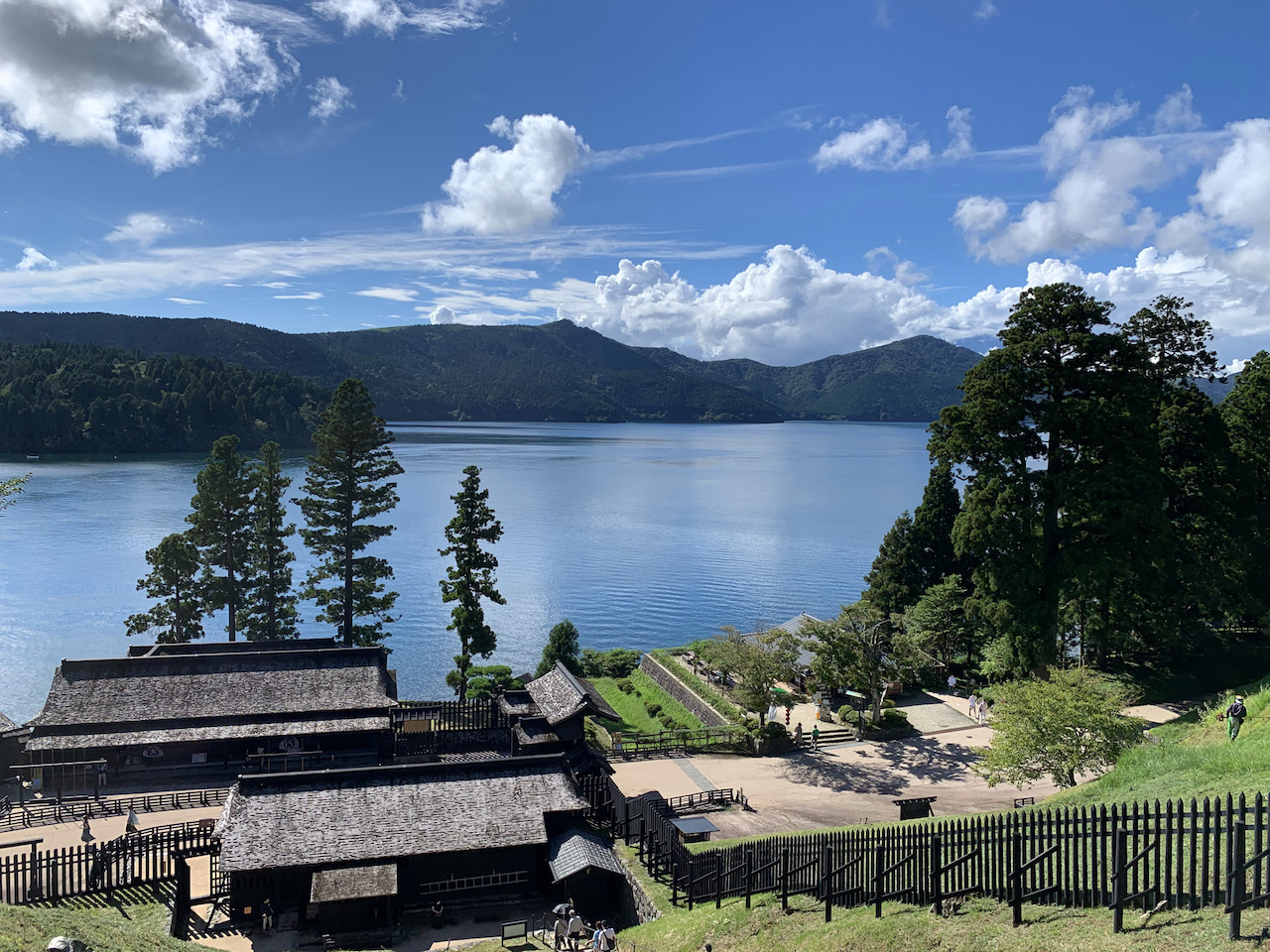
The old barrier station in Hakone on the Tokaido highway has been faithfully reconstructed on its magnificent site beside Lake Ashi near Mount Fuji. DAVID CAPEL PHOTO
The most eloquent account of traveling in Japan has to be Basho’s Narrow Road to the North, published posthumously in 1702. As mentioned above, Basho was inspired by uta makura in his 2,400-kilometer trip around Japan’s remote northern provinces. The work is secular, but Basho was clearly in search of spiritual enlightenment and wanted to reaffirm values he felt had been lost in the shoguns’ Japan. The opening paragraph of the book contains one of Basho’s most unforgettable lines, and it is as poignantly resonant today as when he wrote it: “Each day is a journey, and the journey itself is home.”
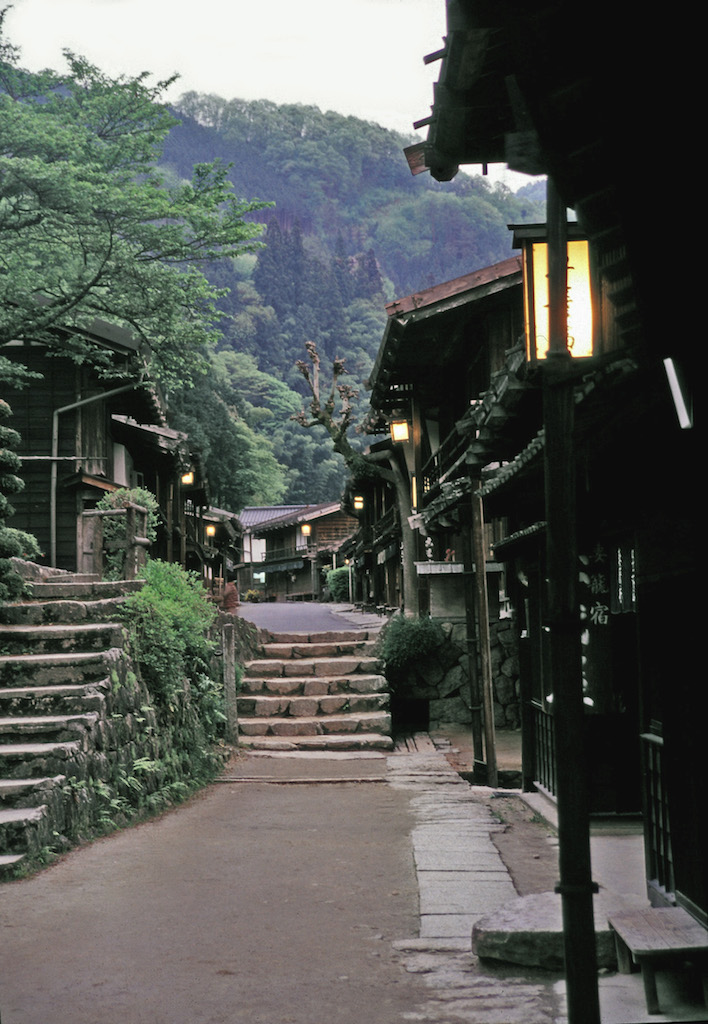
A number of places along Japan’s old great highways retain the character of Edo times, such as Tsumago in Nagano Prefecture. DAVID CAPEL PHOTO
David Capel is a journalist living in Tokyo.

